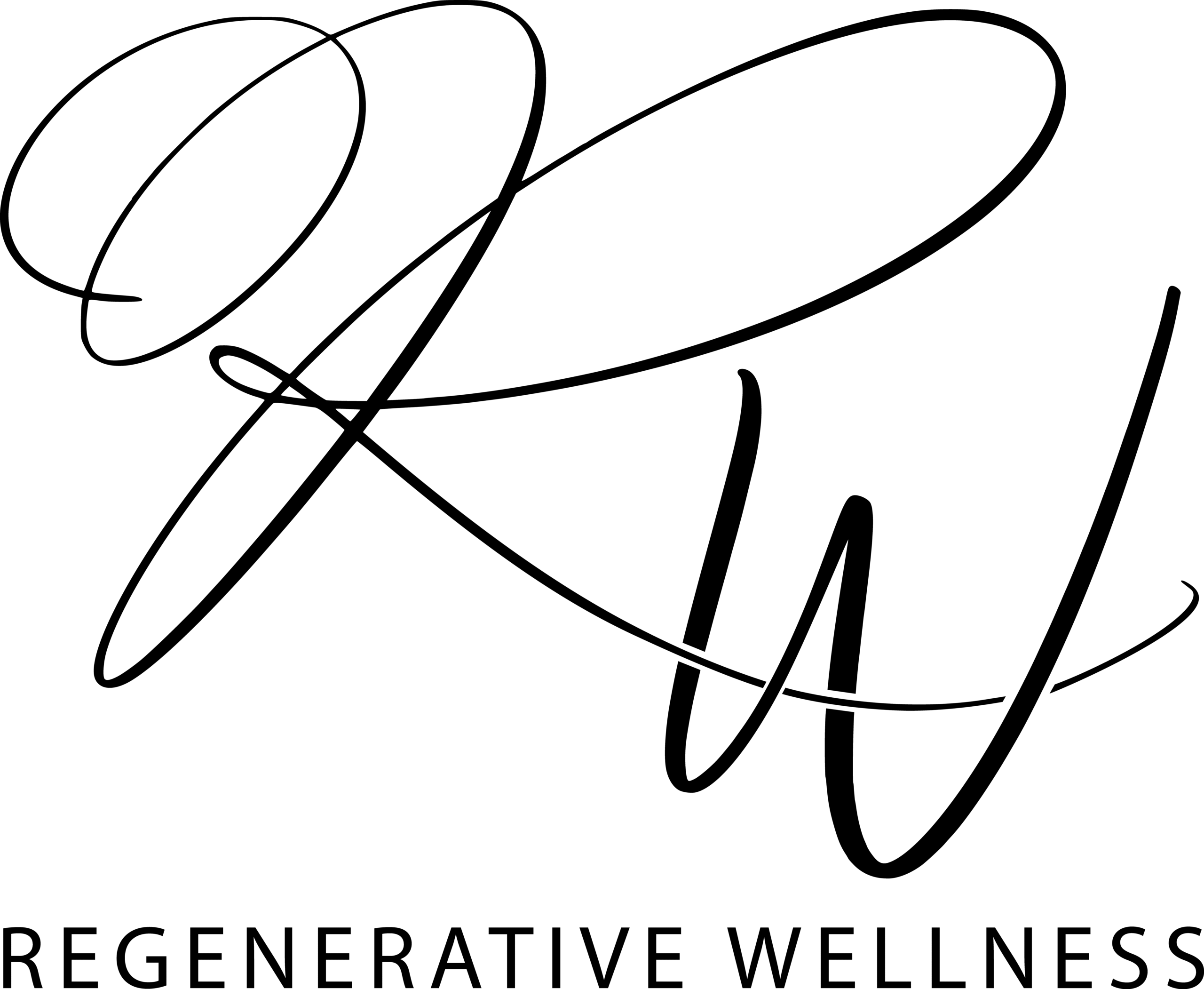Mango Butter
What Is It?
Mango butter is a lightweight, deeply moisturising butter extracted from the seeds of the mango fruit (Mangifera indica). It is packed with essential fatty acids, vitamins A & E, and antioxidants, making it an excellent ingredient for hydration, skin softening, and anti-aging recipes. Unlike cocoa or shea butter, mango butter is non-greasy, absorbs quickly, and has a silky texture, making it ideal for face and body care.
INCI (International Nomenclature of Cosmetic Ingredients)
Mangifera Indica (Mango) Seed Butter
Proper Storage & Shelf Life
Storage: Store in a cool, dark place in an airtight container, away from direct sunlight and heat. Refrigeration is optional but can extend shelf life.
Shelf Life: 2–3 years if stored properly.
Refined Or Unrefined
Unrefined: Pale yellow to off-white, faint sweet scent, retains full nutrients.
Refined: White, no scent, smoother texture, but loses some beneficial compounds.
Is It Necessary?
Not essential, but highly beneficial for lightweight hydration, skin elasticity, and soothing dry or irritated skin. Ideal for face creams, body butters, lotions, and hair care products.
Texture & Consistency
Soft, creamy, and buttery texture. Non-greasy and fast-absorbing.
Natural Scent Profile
Unrefined mango butter has a mild, slightly nutty or fruity aroma. Refined mango butter has little to no scent.
Melting Point
32°C–40°C (90°F–104°F) – Softens on skin contact but remains solid at room temperature.
Solubility & Compatibility
Insoluble in water
Soluble in oils, butters, and oil-based recipes
Works well in lotions, body butters, lip balms, face creams, and hair treatments
Benefits In Your Skincare
Lightweight & non-greasy – perfect for face & body care
Deeply hydrating & softening for all skin types
Boosts skin elasticity & helps prevent stretch marks
Rich in antioxidants & vitamins A & E for anti-aging
Soothes irritated, sensitive, and dry skin
Great for hair – smooths frizz & adds shine
PH
5–7 (gentle and compatible with skin’s natural pH)
Absorbency Rate
Medium (absorbs relatively quickly compared to other butters, leaving the skin soft without feeling greasy).
Recommended Usage Rate
Face Creams & Lotions: 2%–10%
Body Butters & Balms: 5%–100%
Lip Balms & Lipsticks: 5%–20%
Hair Conditioners & Treatments: 3%–10%
Appearance
Unrefined: Pale yellow to off-white, creamy texture
Refined: Pure white, smoother consistency
Strengths
✅ Lightweight & absorbs quickly
✅ Non-comedogenic – great for facial use
✅ Soft, smooth texture – easy to work with
✅ Long shelf life (2–3 years)
Weaknesses
❌ Softer than shea or cocoa butter – may need blending with firmer butters
❌ Refined version loses some nutrients
❌ Less occlusive than cocoa butter – does not create a strong moisture barrier
Alternative Ingredients/ Substitutions
Shea Butter: Richer, more occlusive, better for deep hydration.
Cocoa Butter: Firmer, provides a strong moisture barrier, good for scars & stretch marks.
Best Practices
Blend with firmer butters (e.g., shea, cocoa) for better structure in balms.
Use with lightweight oils (e.g., jojoba, argan, sweet almond) for a non-greasy, fast-absorbing formula.
Whip mango butter with shea butter for a soft, fluffy body butter texture.
Store in a cool, dry place to maintain freshness and prevent oxidation.
Tips & Tricks
For a lightweight face cream: Mix mango butter with rosehip oil and aloe vera gel.
For stretch marks: Blend with cocoa butter and vitamin E for extra elasticity support.
For hair care: Use as a leave-in conditioner to smooth frizz & add shine.
For lip balms: Mix with beeswax and coconut oil for a smooth, moisturising lip product.
Recommended Starter Amount
100g–500g
